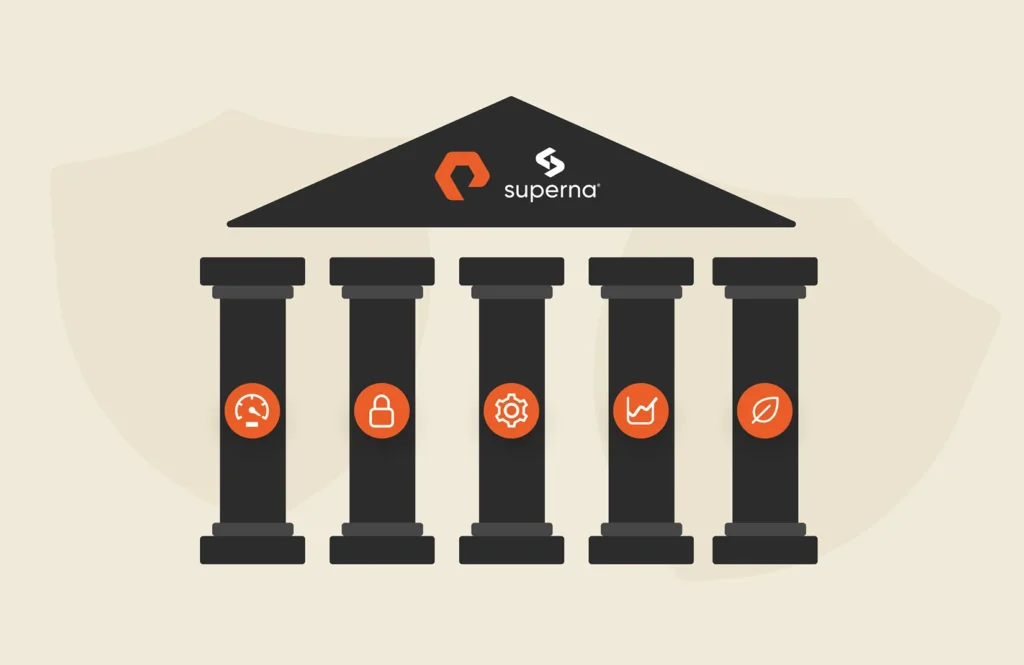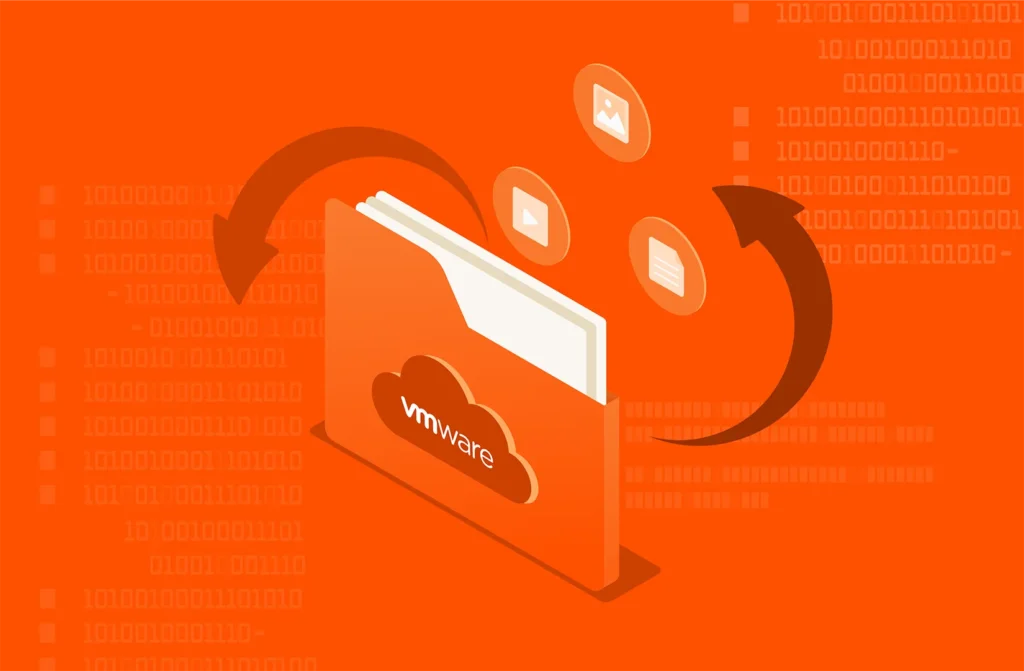The Usership Economy: Pay Only for What You Use
Utilities in business have been offered by third parties for a long time. And when it comes to data as a utility, cloud-based services are a hot commodity. Why? Because they’re the equivalent of fast, consistent, portable, IT on-demand.
The cloud, in terms of this example, is like McDonald’s productization process. Making a burger to order is standardized across the board, and operates around a specific set of utilities and parameters. Even the add-ins at the counter near the soda machine come standard, too. All of this is good and well until you want a custom product.
Custom products are where on-premise, unified multi-cloud capabilities come into play. This type of infrastructure operating model is a competitive differentiator if companies are successful in unifying service delivery from the perspective of both a single brand and a collective user experience. In turn, it also protects legacy apps that won’t run in a public cloud environment. Relative to this, there’s an evolution concerning the concept of ownership.
Businesses are quickly moving towards a usership model – one that prioritizes user experience and agility above all else. Why? There is growing impatience. Buyers have a need for instant consumption, with room for change. If something more relevant comes along, they want to swipe left and trade up.
Cloud-based services have typically operated around pay-per-use or consumption-based pricing. With these models, consumers subscribe to a vendor’s IT services on a monthly or annual basis. This is one of the reasons why cloud-based services are so appealing. You don’t have to take ownership of the technology and the maintenance that comes with it. You can simply use what you need as you go and get out of the business of continually refreshing your infrastructure. The key here is to unify services in public cloud with on-premises for seamless service transparency and personal branding. Choices, coupled with accelerated data transfer speeds, become the necessity to operationalize at the same pace.
You may assume that by moving away from on-premises to the public cloud, you will reduce spend while improving service levels. But on-prem models offer richer features and advantages of their own, in addition to increased customization.
This infrastructure model must be unified across your multi-hybrid cloud to include cost and your organization’s service delivery. The subscriptions to use them require less financial investment upfront, there’s also more long-term value.
Ageless Technology: The Pure Storage Difference
When you think about Pure Storage, think Tesla. At face value, it’s a car. But what you’re really being sold in purchasing a Tesla is a software service, transporting and protecting your most precious cargo. It’s a technology that evolves at the pace of innovation, building on your investment. It’s exciting to think that you could go to sleep and wake up to an update that translates to an entirely new set of features and functionality.
Pure Storage brings elements of simplicity and flexibility to the table with unified hybrid-clouds. You never have to move your data because innovations are continually being made available to customers at the pace of change with no additional investment. This is the benefit of working in evergreen, ageless technology — it’s your choice to move your data once, never again, or based on the inevitability of cloud pricing wars.
This is the power of innovation to scale. This is counter to the general idea of capital.
With legacy infrastructure, you’re stuck with what you bought. And it depreciates over time along with availability, sustainability, and contemporary capabilities. Most importantly, your customers lose confidence in uptime.
In the process of transforming a business to the cloud, companies tend to invest heavily in infrastructure they’re never going to make full use of. As a result, legacy environments are neglected as per poorly planned transformational programs that miss-fire, again and again.
Kickstarting Transformation of a Major Enterprise Toward an OPEX Model
No matter how ideal a solution may be, it’s never easy for a company to completely change the way it does business on the backend. And for enterprise companies managing complex infrastructure, this is especially true.
What do you do with old infrastructure and technology when you’re looking to transition elsewhere? Especially when running the risk of slow adoption that may impact other company-wide critical programs?
Rather than deciding on the cost of the transformation immediately, ask your trusted partner to kickstart the long-term process by injecting cash into the business upfront. This enables the funding of more strategic programs than would have ever been possible in the past. This “investment” is paid off over time as legacy infrastructure is transformed (i.e., original capital) into ageless technology as a subscription.
In a nutshell, enterprise companies can take advantage of new technology in ways that were not formerly possible. They take advantage of asset buybacks, migrate to ageless technology, and then turn that check into a utility to buy a subscription and execute all the other strategic programs around it.
How to Take the Next Steps Toward a Pure OPEX Model
Learn how to utilize your old capital, migrate, and operate on a pure OPEX model in the long term so that you never have to migrate data ever again (unless you want to).





